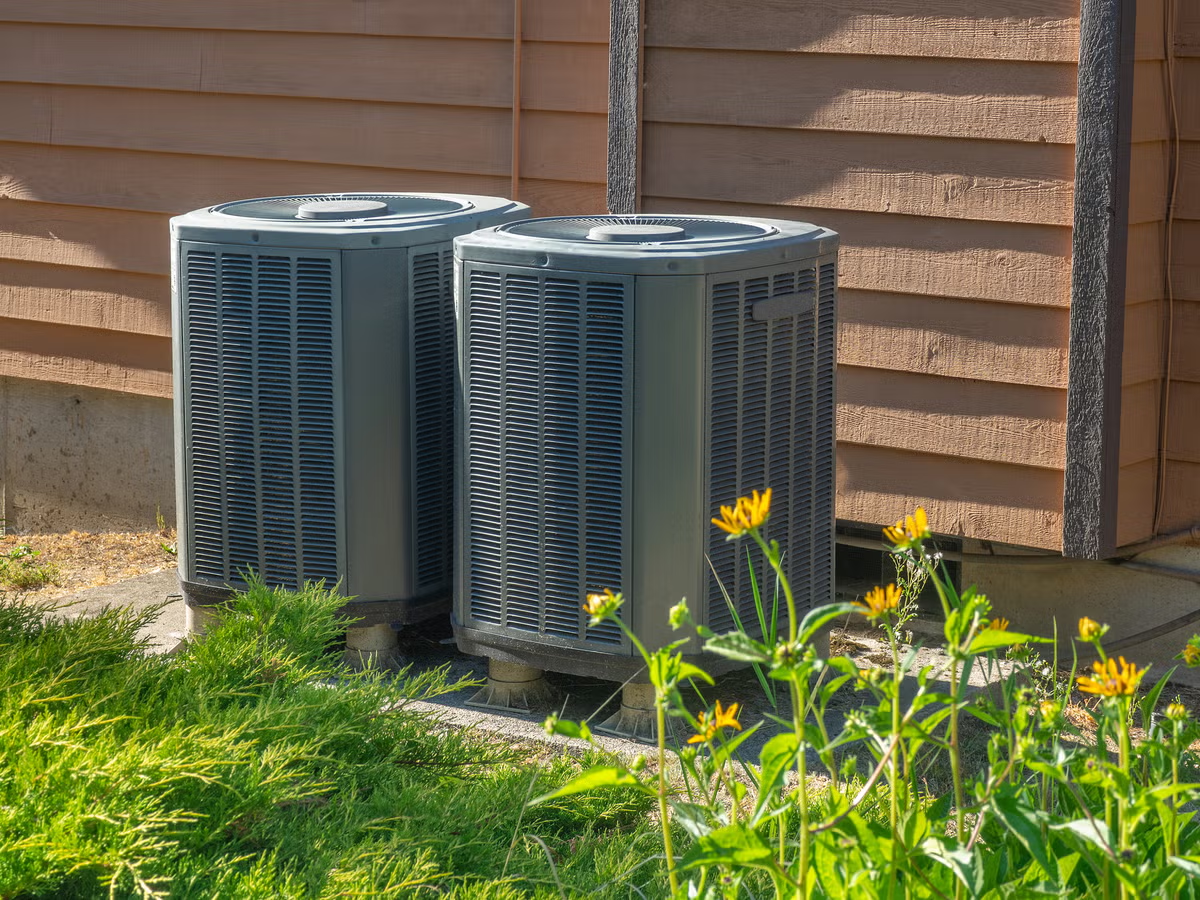Understanding Your Air Conditioner and Thermostat
When you turn on your air conditioner, it only performs one function—cooling. The unit doesn’t know what temperature you want; that’s the thermostat’s job. It’s important to understand that your air conditioner and thermostat are two separate systems.
For example, if you set your thermostat to 18°C, the air conditioner will continue blowing cold air until the air in the room (where the thermostat is located) reaches that temperature. But the key thing to remember is: an air conditioner only produces cold air at a single design temperature—it doesn’t vary the output temperature based on your setting. It’s either on or off.
Now here’s the catch: most residential air conditioners are not designed to cool below 18°C. That’s their factory minimum. Many thermostats allow settings below that, which is misleading and can damage the system. Our trusted contractor, Simcoe Benchmark, confirms this is a universal limitation.
What Happens If You Set the Thermostat Below 18°C?
- The unit won’t shut off because it can’t reach the temperature. It keeps running non-stop, leading to wear and tear.
- The system can freeze up, literally forming ice, because it never gets a chance to rest.
- You won’t cool your space faster. Setting your thermostat to the lowest setting doesn’t speed up cooling—it just makes the unit work longer, not harder.
Best Practices to Avoid Damage
Never set your thermostat lower than 18°C.
On extremely hot days, don’t set the thermostat more than 15°C lower than the outdoor temperature. For example, if it’s 37°C outside, set it no lower than 22°C.
If your A/C isn’t shutting off, raise the thermostat. This lets the system cycle properly and prevents freezing.
Use bathroom and kitchen fans wisely. Leaving exhaust fans running pulls out your cool air. Always use the range hood when cooking to reduce heat and moisture.
Keep your windows closed. Open windows prevent the thermostat from ever being satisfied.
Maintain the outdoor condenser. Don’t cover it, don’t cut grass around it when it’s running, and never open it. Use a garden hose to gently rinse off debris.
Change filters with the fan OFF to avoid pulling dust into the system.
By following these simple steps, you can protect your A/C unit, save energy, and stay comfortable all summer long. For more HVAC tips or service, please contact us directly.




